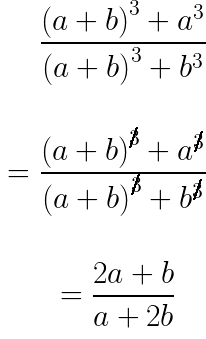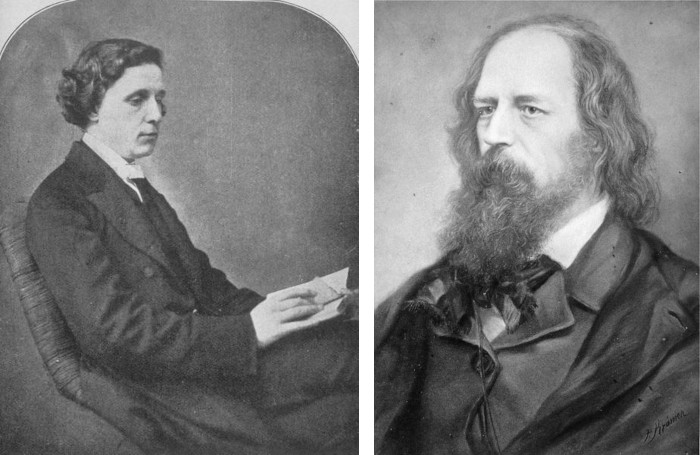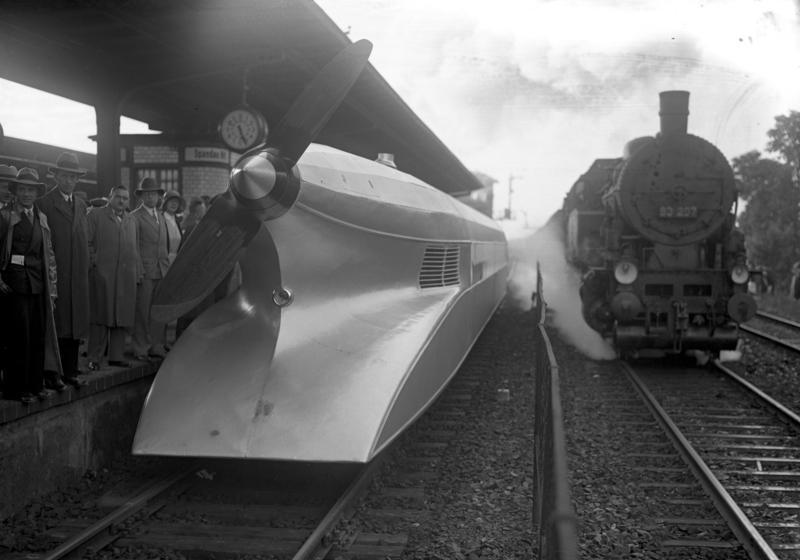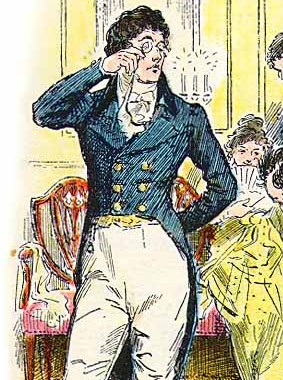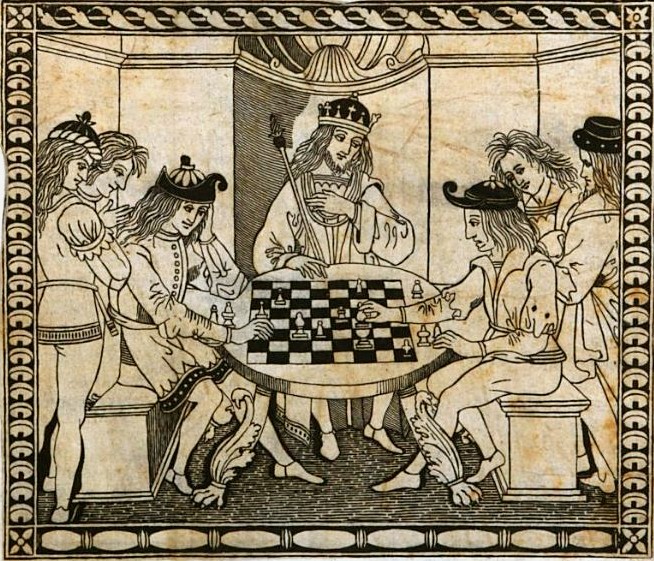A thought-provoking piece of nonsense by Russian absurdist poet Daniil Kharms:
Philosopher!
- I am writing to you in answer to your letter which you are about to write to me in answer to my letter which I wrote to you.
- A violinist bought a magnet and was carrying it home. Along the way, hoods jumped him and knocked his cap off his head. The wind picked up the cap and carried it down the street.
- The violinist put the magnet down and ran after the cap. The cap fell into a puddle of nitric acid and dissolved.
- In the meantime, the hoods picked up the magnet and hid.
- The violinist returned home without a coat and without a cap, because the cap had dissolved in the nitric acid, and the violinist, upset by losing his cap, had left his coat in the streetcar.
- The conductor of the streetcar took the coat to a secondhand shop and exchanged it there for sour cream, groats, and tomatoes.
- The conductor’s father-in-law ate too many tomatoes, became sick, and died. The corpse of the conductor’s father-in-law was put in the morgue, but it got mixed up, and in place of the conductor’s father-in-law, they buried some old woman.
- On the grave of the old woman, they put a white post with the inscription “Anton Sergeevich Kondratev.”
- Eleven years later, the worms had eaten through the post, and it fell down. The cemetery watchman sawed the post into four pieces and burned it in his stove. The wife of the cemetery watchman cooked cauliflower soup over that fire.
- But when the soup was ready, a fly fell from the wall, directly into the pot with this soup. They gave the soup to the beggar Timofey.
- The beggar Timofey ate the soup and told the beggar Nikolay that the cemetery watchman was a good-natured man.
- The next day the beggar Nikolay went to the cemetery watchman and asked for money. But the cemetery watchman gave nothing to the beggar Nikolay and chased him away.
- The beggar Nikolay became very angry and set fire to the cemetery watchman’s house.
- The fire spread from the house to the church, and the church burned down.
- A long investigation was carried on but did not succeed in determining the cause of the fire.
- In the place where the church had stood a club was built, and on the day the club opened a concert was organized, at which the violinist who fourteen years earlier had lost his coat performed.
- In the audience sat the son of one of those hoods who fourteen years before had knocked the cap off that violinist.
- After the concert was over, they rode home in the same streetcar. In the streetcar behind theirs, the driver was the same conductor who once upon a time had sold the violinist’s coat in a secondhand shop.
- And so here they are, riding late at night through the city: in front, the violinist and the hood’s son; and in back, the driver, the former conductor.
- They ride along and don’t know what connection there is between them, and they won’t know till the day they die.


